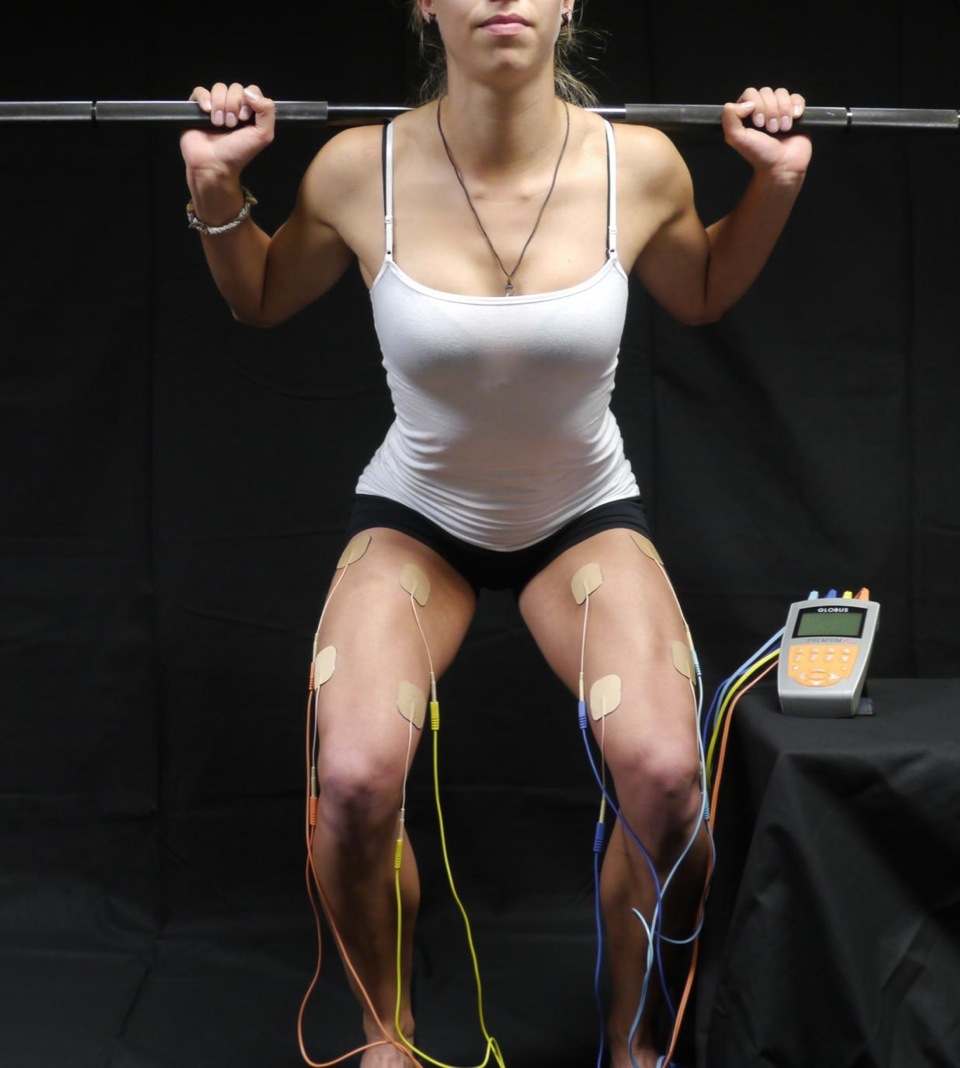 |
| Jacqui Barker. "Sunset Reeds, North Shore Lincoln Port" 3/11/2013. Creative Commons Attribution. |
I think this type of argument would be effective for my project. I would begin by stating the pros of the treatment and end with discussing the cons and then refuting them. It would be effective because I would pose a stand on electrical stimulation as a controversial topic.
Casual Argument
I don't think a casual argument would be appropriate for my topic. Because I'm trying to convince actual physical therapists to use this treatment, a casual argument wouldn't be very useful. This type of argument also wouldn't work very well because the readers will already have a good understanding of the treatment and therefore they wouldn't need much guidance.
Evaluative Argument
I think this argument could be very effective because I would be able to show an evaluation of the successfulness of electrical therapy. I could creative a well written sentence that argues for it and evaluate it from there showing the studies and my personal experience that I have gathered/will gather.
Proposal Argument
I don't think this type of argument would be very useful for the point that I'm trying to get across. There really is nothing I would be able to propose about a solution to electrical stimulation because I'm trying to show that there isn't much of a problem with it in the first place.
Refutation Argument
I don't think this argument would be very useful because I'm trying to show that the treatment is effective and would not want refuting it to be the main focus of my argument. Refuting it will definitely be a brief portion of my project but this argument style as a whole is not what I'm looking for.
Reflection
I reviewed Morgan's plan post and considering type post. I also reviewed Savannah's plan post and considering type post. From these posts I realized that all of the projects are going to be very different compared to the diversity in the last project. Morgan's plan was very different from mine but we had pretty some types of arguments in common for our considering types post. From Savannah's posts I found that since both of our arguments are based off of science that we have a similar plan and chose the same types of arguments as being effective for our projects. This is because our arguments are fact based.
Reflection
I reviewed Morgan's plan post and considering type post. I also reviewed Savannah's plan post and considering type post. From these posts I realized that all of the projects are going to be very different compared to the diversity in the last project. Morgan's plan was very different from mine but we had pretty some types of arguments in common for our considering types post. From Savannah's posts I found that since both of our arguments are based off of science that we have a similar plan and chose the same types of arguments as being effective for our projects. This is because our arguments are fact based.

















.jpg)





